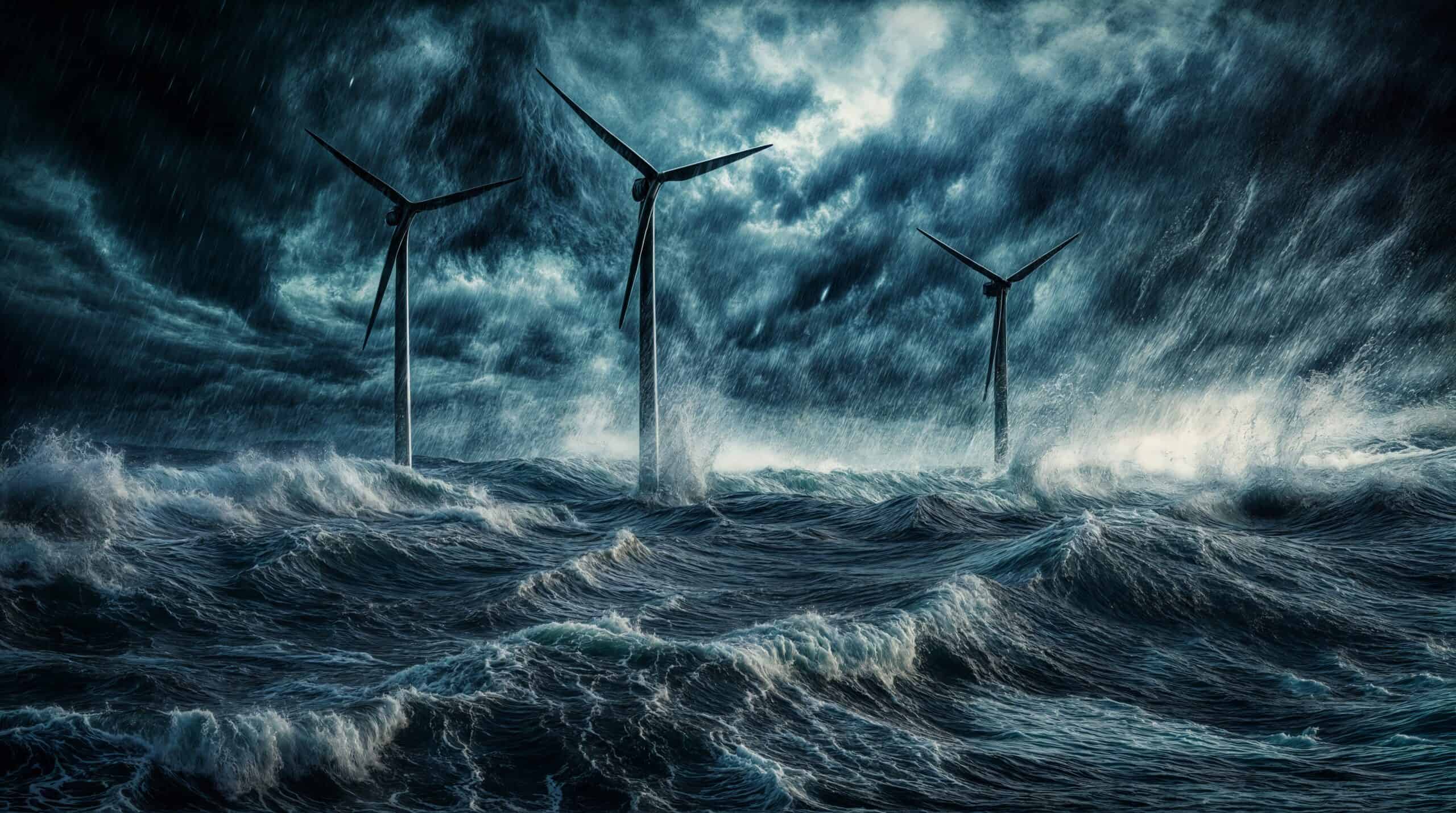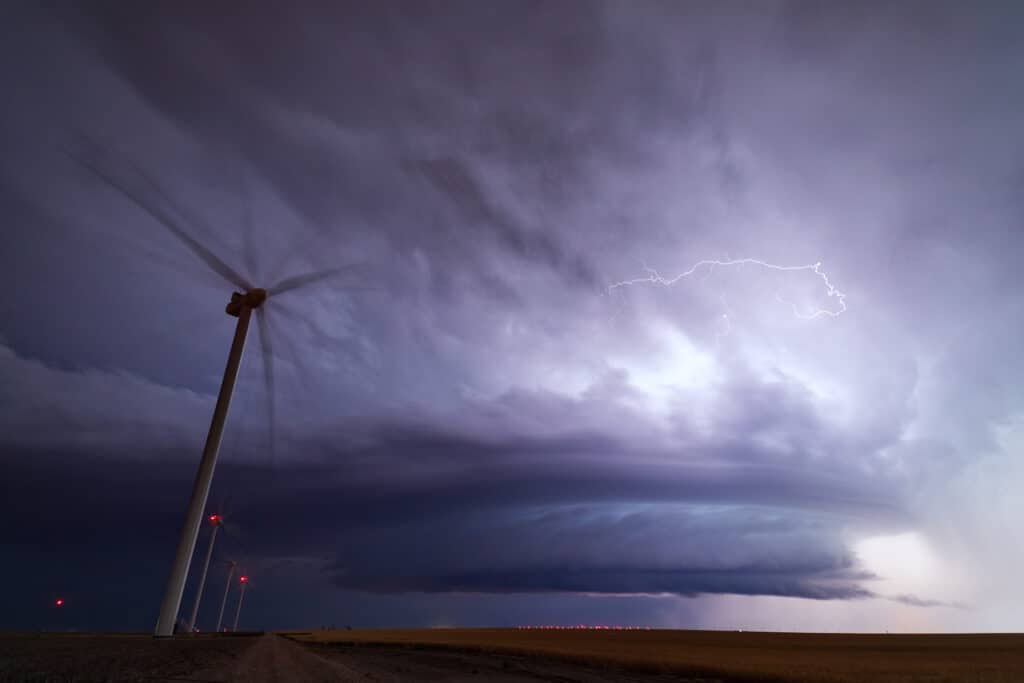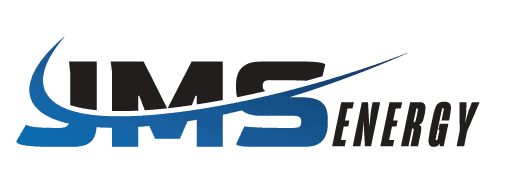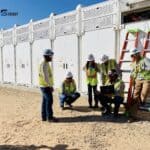
Wind energy is one of the fastest-growing sectors in the renewable energy industry. However, there are short term safety issues of wind energy that must be addressed to ensure the well-being of workers and communities involved in the construction, maintenance, and operation of wind farms. In this FAQ, we will explore some pressing safety issues and how JMS—a leader in wind energy solutions—effectively addresses them.
Table of Contents

Short Term Safety Issues of Wind Energy #1. What are the most common safety hazards associated with wind energy?
The most common short-term safety hazards in wind energy stem from the installation and maintenance of wind turbines, as well as environmental and human factors. These hazards include:
- Fall Risks: Workers are often required to work at significant heights, leading to the risk of falls.
- Mechanical Failures: The moving components of wind turbines, if improperly handled, can pose serious threats.
- Electrical Hazards: Maintenance operations involve electrical components that can be dangerous if not adequately managed.
- Weather Conditions: Weather can adversely affect the safety of operations, such as high winds or icy conditions.
- Transport and Logistics: The transport of large turbine components can pose risks on land and sea.
JMS Approach: JMS Energy employs robust safety protocols and state-of-the-art equipment to minimize these risks. Fall arrest systems, regular mechanical inspections, thorough electrical safety training, and real-time weather monitoring are all part of their comprehensive safety strategy.
Short Term Safety Issues of Wind Energy #2. How does JMS mitigate the danger of falls and related injuries during wind turbine installation and maintenance?
Falls present one of the biggest safety challenges in the wind energy sector due to the significant heights involved. The installation and maintenance of wind turbines require rigorous attention to fall prevention.
JMS Approach: JMS Energy prioritizes the use of certified fall protection systems, such as harnesses, guardrails, and safety nets. Additionally, JMS implements intensive training programs that educate employees on the proper use of these protective systems and techniques for safe working at heights. Regular safety drills and inspections ensure compliance with safety standards and protocols.
Short Term Safety Issues of Wind Energy #3. What measures are in place to address the risk of mechanical failures during wind turbine operations?
Mechanical failures in wind turbines can lead to catastrophic outcomes, posing risks to both personnel and equipment. Proper maintenance and monitoring of wind turbines are crucial to prevent such incidents.
JMS Approach: JMS employs a proactive mechanical inspection and maintenance schedule. They utilize advanced monitoring technologies to foresee potential mechanical issues before they arise. By employing predictive maintenance tools, JMS can analyze data in real-time to detect anomalies in turbine operation, allowing them to address issues preemptively. This approach not only enhances the safety of their operations but also boosts efficiency and reduces downtime.
Short Term Safety Issues of Wind Energy #4. How are electrical safety hazards in wind farms managed by JMS?
Electrical hazards are a serious concern, stemming from the high-voltage systems that wind farms require for operations. Proper handling and understanding of these systems are essential for reducing the risk of electric shock or fire.
JMS Approach: JMS integrates comprehensive electrical safety procedures into their operation standards. Employees undergo rigorous training in electrical safety protocols, which include lockout/tagout (LOTO) practices and the use of personal protective equipment (PPE). JMS also ensures that all electrical components are regularly inspected and maintained by qualified electricians, thereby minimizing potential electrical hazards.
Short Term Safety Issues of Wind Energy #5. What protocols does JMS follow to manage adverse weather conditions affecting wind turbine safety?
Wind farms, by their nature, are exposed to environmental conditions which can create unsafe working environments. Severe weather can halt operations and compromise safety.
JMS Approach: JMS Energy implements robust weather monitoring and forecasting systems to safeguard their wind farm operations. They monitor local weather conditions in real-time and preemptively pause operations during extreme weather events like thunderstorms, high wind speeds, or icy conditions. JMS also trains its personnel in emergency preparedness and response to ensure worker safety during sudden weather changes.
Short Term Safety Issues of Wind Energy #6. How does JMS handle the logistical and transportation challenges associated with wind turbines?
The logistics of transporting large wind turbine components from manufacturing sites to the installation location pose their own set of hazards, including road and marine transportation accidents.
JMS Approach: JMS employs meticulous planning strategies to mitigate logistical risks. They use specialized transportation equipment designed to handle large turbine components safely. Additionally, JMS collaborates with experienced logistics partners and conducts route assessments to identify potential hazards. Their comprehensive logistics management ensures safe and efficient transportation of materials needed for wind farm construction and maintenance.
Short Term Safety Issues of Wind Energy #7. How does JMS ensure compliance with international safety standards and regulations in wind energy projects?
Compliance with safety regulations and standards is vital to ensure worker well-being and project success. Neglecting these standards can lead to legal repercussions and jeopardize safety.
JMS Approach: JMS Energy is committed to adhering to both national and international safety regulations and standards. They regularly audit their operations and procedures to ensure compliance with agencies such as OSHA and ISO standards related to wind energy operations. By engaging in continuous improvement practices and attending industry workshops, JMS stays abreast of the latest safety standards and innovations in wind energy.
Short Term Safety Issues of Wind Energy #8. What role do training and safety culture play at JMS in mitigating short-term safety issues of wind energy?
Safety culture is foundational to reducing short-term safety incidents in the wind energy sector. An educated and aware workforce is key to preventing accidents and emergencies.
JMS Approach: JMS places strong emphasis on cultivating a safety-first culture among its workforce. They offer ongoing training programs that cover a wide range of safety topics, from equipment handling to emergency response. JMS fosters an environment where employees feel responsible for not only their safety but also that of their coworkers. By encouraging open communication and reporting of potential hazards without fear of retribution, JMS creates a proactive approach to safety.
Conclusion
The short-term safety issues of wind energy are multifaceted, involving mechanical, electrical, environmental, and human factors. JMS Energy demonstrates a commitment to addressing these concerns through rigorous protocols, cutting-edge technology, and a strong safety culture. By prioritizing safety at every stage—from installation through maintenance—JMS ensures that wind energy remains a sustainable, safe, and efficient power source for the future. The company’s expertise and dedication set a benchmark in the industry, proving that renewable energy can be safe and reliable with the right measures in place.





